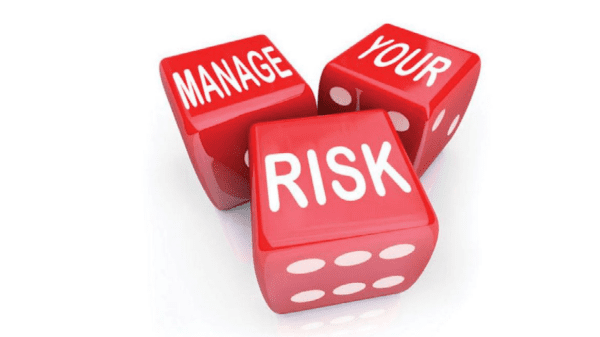When it comes to credit risk, trusted business relationships can turn sour if trading partners don’t pay attention to warning signs and react in time.
Risks and Rewards
From the very beginning, there are many things business owners must learn to be successful. One some may find surprising, and risky, is the need and importance of building personal relationships with customers and vendors.
Once a business gets going, it’s easy to fall back on the solidity of early customers; but what happens when one or more of these trusted relationships get into trouble and a customer can’t meet its obligations?
How long should business owners keep the trust and let an account slide for the sake of the relationship? How do they determine if the risks are outweighing the rewards and it’s time to cut a longtime customer loose?
Defining customers and risk
To begin with, it’s useful to define the term customer. It may sound simple, but it’s actually a complex question depending on the nature of the business.
Primarily, of course, in any public-facing or client-based business, customers are just that: the people who buy directly from a company—members or consumers or whoever purchases the goods or services.
Just as important, however, is customers can be partners and investors, employees, and—crucially, when it comes to calculating credit risk—vendors, consultants, and suppliers.
Simply paying for these services isn’t enough to build a personal relationship, just as a strong relationship is no substitute for a reliable vendor who delivers on time every time.
Next is defining credit risk. Briefly, it can be defined as loss, or the possibility of loss, resulting from a debtor’s failure to meet a payment, repay a loan, or fulfill the terms of a contract.
Credit risk can cause problems with cash flow and tend to spiral out of control. A major default or failure to pay by a customer or vendor can then put its trading partners at risk, making them a liability to their own creditors, partners, or lenders.
This is an excerpt from a Credit and Finance feature in the November/December issue of Produce Blueprints Magazine. Click here to read the full feature.



